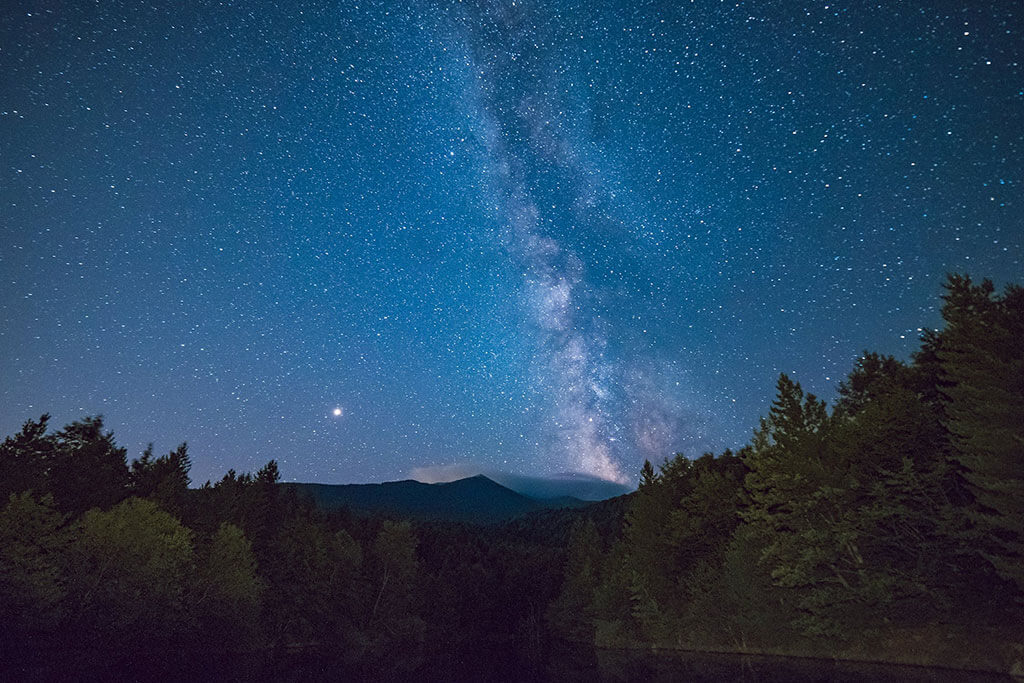
27
April
UofT Planetarium: The Life and Death of Stars
Showtimes: 7:00pm, 8:10pm, 9:15pm
The stars in the night sky seem unchanging and eternal, and have remained the same for the history of human civilization. However, over millions and billions of years, new stars are born, live out their long lives, and eventually die in a blaze of glory. In this show, we will be exploring the lives of stars by visiting stellar nurseries, supernova remnants and much more!

13
April
UofT Planetarium: The Life and Death of Stars (SOLD OUT)
Showtimes: 7:00pm, 8:10pm, 9:15pm
The stars in the night sky seem unchanging and eternal, and have remained the same for the history of human civilization. However, over millions and billions of years, new stars are born, live out their long lives, and eventually die in a blaze of glory. In this show, we will be exploring the lives of stars by visiting stellar nurseries, supernova remnants and much more!

20
April
UofT Planetarium: Grand Tour of the Cosmos (SOLD OUT)
Showtimes: 7:00pm, 8:10pm, 9:15pm

7
April
UofT Planetarium: Grand Tour of the Cosmos (SOLD OUT)
Showtimes: 7:00pm, 8:10pm, 9:15pm

6
April
UofT Planetarium: Grand Tour of the Cosmos (SOLD OUT)
Showtimes: 7:00pm, 8:10pm, 9:15pm

24
March
Millennium Square Stargazing Night (GO)
Everyone is invited to join us and Durham Skies on Saturday, March 24 for stargazing at the edge of Lake Ontario. Take a free look through different kinds of telescopes (including solar-filtered scopes) to get close-up looks at sunspots, craters on the Moon, the winter constellations setting in the west chased by the stars of spring rising in the east. Peer deep into space and try your hand at spotting faint star clusters and nebulae.

21
March
Recreational Astronomy Night
Watch the recorded video: https://youtu.be/sH2lKYIbbmg

19
March
City Star Party (GO for Monday)
Hover above the moon like an astronaut and get eye-to-eye with the planets. Find colourful stars, star clusters, bright nebulae and even another galaxy. Our monthly City Star Party is the place to catch universe from within the city limits at Bayview Village Park. If you don't have a telescope then you will find many astronomers who would love to share a view. If you are thinking of buying a telescope, viewing with other people's equipment is the best way to make a good choice. If you have a telescope or binoculars, please bring it!

16
May
S. Walter Stewart Library: The Search for Life on Exoplanets
Finding compelling evidence for life on another planet would undoubtably be one of the biggest discoveries in the history of the human race. There are many places to look for such biosignatures, both in the Solar System and beyond. From the human perspective, the most exciting place is an Earth-twin around a Sun-like star. Chances are good for finding such a planet within the next few years. However, learning anything other than the planet's existence and its most fundamental properties such as mass and radius will be extremely difficult.

24
March
Oshawa Museum: Night at the Museum: Earth Hour
This Earth Hour, turn out the lights and turn up the lamplight. Visit Henry House after hours and learn about life before electricity. Costumed guides are on hand this evening to shed light on an earlier time.
Look for the Durham Region Astronomical Association (DRAA) in the Henry House gardens as they bring telescopes and chat about star gazing and Earth Hour!
This is a come and go event and is free to attend, with donations kindly accepted.
